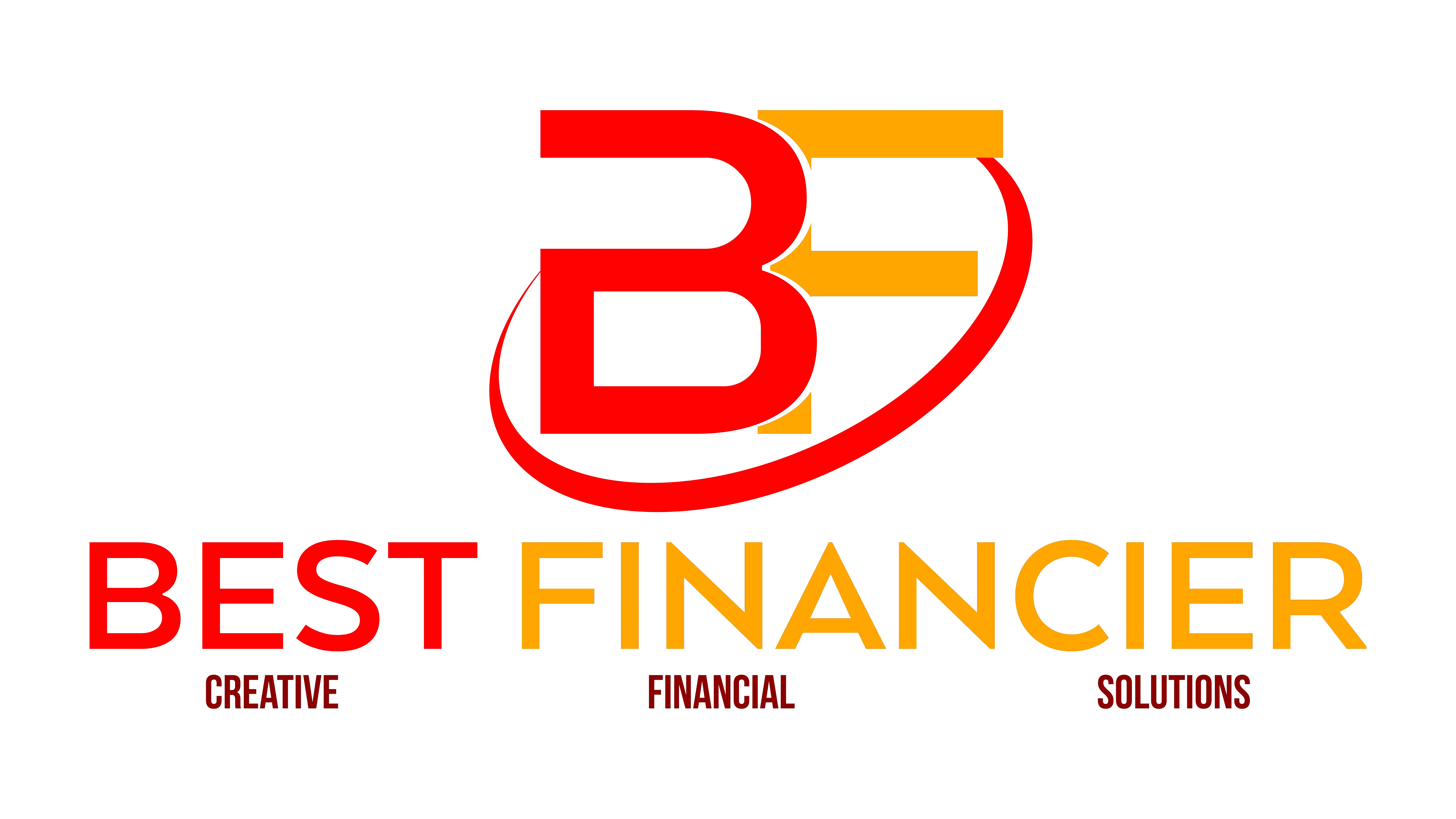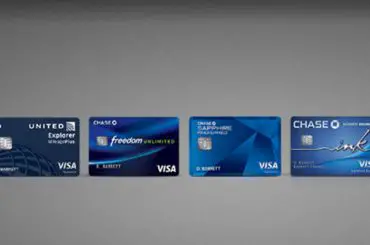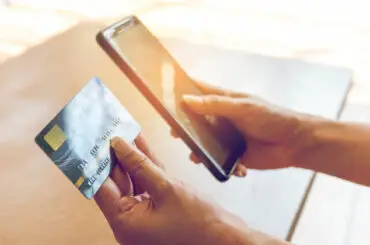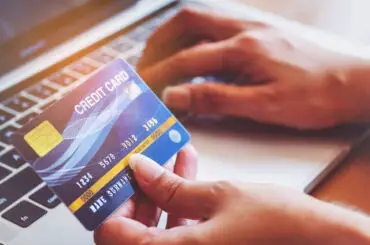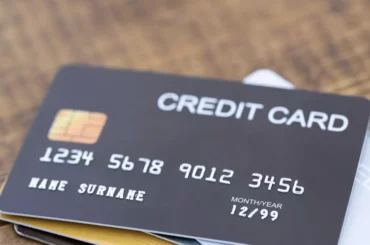Information presented on this web page is intended for informational and educational purposes only and is not meant to be taken as legal, financial, investment or tax advice. We do not accept any responsibility for any trading or investment related losses. Please review our disclaimer on before taking action based upon anything you read or see.
You might be wondering what is the CVV on an RBC debit card.
It is stated that among friends and family, secrets have no place. Your debit card is not affected by this, though. The information on your card should be kept a secret, even though it could be difficult. The entire name of the cardholder, the card number, the issuance date, and the expiration date are all prominently printed information on debit and credit cards. First-level security details like these shouldn’t be disclosed to anyone. The CVV, however, is the most significant number on your card.
The CVV must be kept a secret to prevent unauthorized users from misusing your card. Therefore, even if your debit card is safely stored in your If you are making an online purchase, the CVV may be utilized while you are inside your home.
Have you ever questioned what the CVV on your credit card means? Continue reading to learn more about CVV. This number must never be disclosed to anybody and is necessary to complete online purchases. Debit card issuers (banks or other financial organizations) create the CVV number based on the following information:
The back of your mailed RBC Virtual Visa Debit Reference Card has the CVV2 (security code). On the back of your debit card’s signature strip, you can find the security code for your debit or credit card.
It’s a three-digit number. On the back of your credit or debit card, on the right side of the white signature strip, is there a CVV/CVC code? In the case of Visa and MasterCard, it is always the last three digits.
Moreover;
Your debit and credit cards each have a special CVV code. All Visa, MasterCard, and Discover credit and debit cards have a three-digit CVV number. The CVV number on American Express cards
may contain four digits. The CVV used by Visa, Mastercard, and Discover cards is three digits.
CVV is necessary when you can’t provide a merchant with a physical card, such as when making an online or telephone purchase. The CVV is a three- or four-digit code put on your credit card as a fraud prevention mechanism.
When you enter the CVV during an online or phone purchase, the merchant must first approve the transaction before it may proceed.
What is CVV?
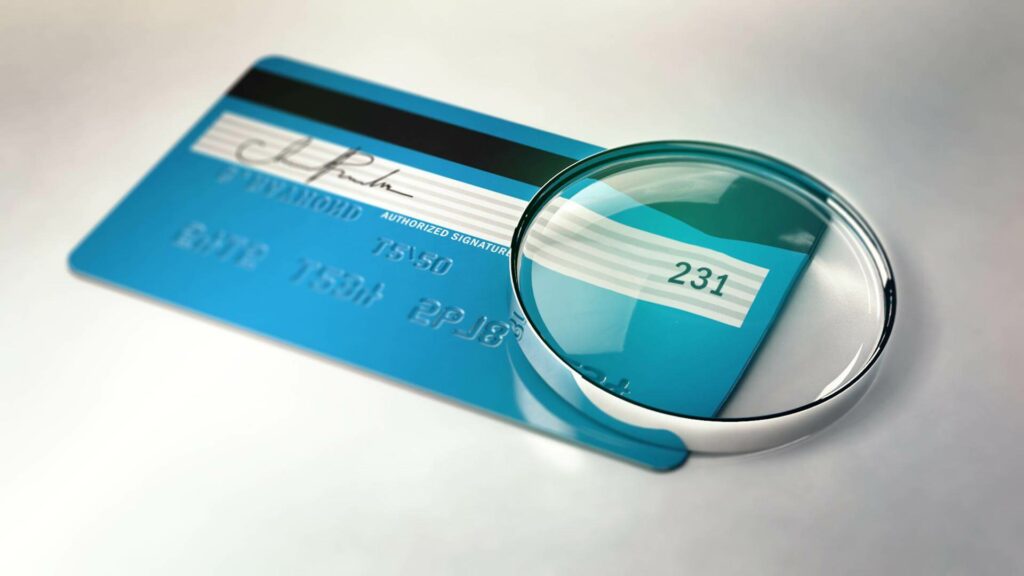
The term “card verification value” (CVV) means. Most debit and credit cards have this three- or four-digit number.
Within the sector, this security aspect has various acronyms.
An anti-fraud security measure, CVD or CVV, is used to confirm that you own your credit card. The three-digit CVV number is printed on the back of Visa/Mastercard cards just after the account number on the signature panel.
The CVV1 code is hidden in the card’s magnetic strip and cannot be seen. The POS (Point of Sale) terminal automatically reads that verification code when we make a payment or receive a refund in a store.
Several banks are currently issuing credit and debit cards without the CVV code. These cards are referred to as dynamic CVV bank cards.
Cardholders must access their bank’s digital banking service to get this verification code because it occasionally changes. Consequently, a fresh CVV is generated for each payment that is made. This new validation code signifies an improvement in online purchase security.
When completing an online purchase, we are prompted for the three-digit CVV2 code on the back of the card. Since the payment gateway does not retain those digits, we must request them each time we conduct a transaction.
5 other ways to check the CVV on an RBC debit card?
Depending on the sort of card you have, you can find your CVV. The three-digit code can be found on the back of Visa, Mastercard, and Discover cards, typically inside or just above the signature strip. In an unconventional move, a four-digit CVV is printed on the front of American Express cards above the Amex logo.
Three numbers make up the security code for Visa, Mastercard, and Discover. On the back of your card, it can be found to the right of the signature panel.
An American Express security code is a four-digit number referred to as a card identifying number or CID.
Three numbers make up the security code for Visa, Mastercard, and Discover. On the back of your card, it can be found to the right of the signature panel. An American Express security code is a four-digit number referred to as a card identifying number or CID.
The three-digit CVV number is printed immediately after the card’s account number on the back of the card’s signature panel. The CVV code for American Express is four digits printed on the card’s face above the account number.
How to Get the CVV on RBC Debit Card?

Log on to your RBC bank account.
Visit the sign-in page for online banking. Enter your username (or Client Card number) and password. You must sign in with the username you previously created. Press Sign In.
Click on the “View Account” button at the bottom right of the webpage.
You can also access “Bank Accounts” in your online banking. A 5-digit transit number (without the hyphen) and a 7-digit account number are displayed next to each account (after the hyphen). RBC’s institution identification code is 003.
Click on “Transactions” & select “Recurring Payment (VISA/MC/AMT).”
Please choose the desired account from the Banking tab under My Accounts. By choosing the hyperlinked (underlined) “Description” from the transaction list, you can choose the transaction you want to view. Choose “View Item” from the menu.
Now look for your payment in the list and find the one with a dollar value of $0.65 or more.
One of the most crucial security aspects for assisting an online merchant in validating CNP, or Card Not Present, transactions is the CVV. Card Verification Value, or CVV, is an additional security measure when accepting card-not-present transactions over the phone or online.
Copy down the three-digit CVV from the left of the barcode and go to the next step
Continue with your payment after copying your CVV/CVC code from the back of your card.
Go to Google and search for “RBC credit card verification number.”
The back of your credit or debit card will typically have this three-digit security number. It offers additional fraud protection and is occasionally referred to as a card security code or card verification value.
You will now see a long string of numbers – copy down CVV from the box above these numbers. Be careful, don’t skip any number.
Your credit card has a three- or four-digit CVV code printed as a fraud-prevention precaution. The retailer will submit the CVV when it authorizes the transaction after receiving this number from you while making an online or phone purchase. It’s an effort to make sure you have the card in your possession and aren’t merely utilizing stolen card data.
Copy down your CVV and proceed to the next step
Continue your payment after copying your CVV.
Expert Opinion
One of the things that might make a company less successful is chargebacks, especially if you are deemed a high-risk merchant. Your clients can conveniently make payments without needing to be present if you accept Card Not Present transactions.
For firms operating online, this is essential. However, it raises the possibility of fraud. However, CVV helps your business avoid chargebacks and fraudulent activity. Here is how CVV aids you in accomplishing this. The merchant must demand the CVV code input while receiving CNP payments.
Once they get the code, your payment processor immediately contacts the issuing bank to confirm the card number and associated CVV.
